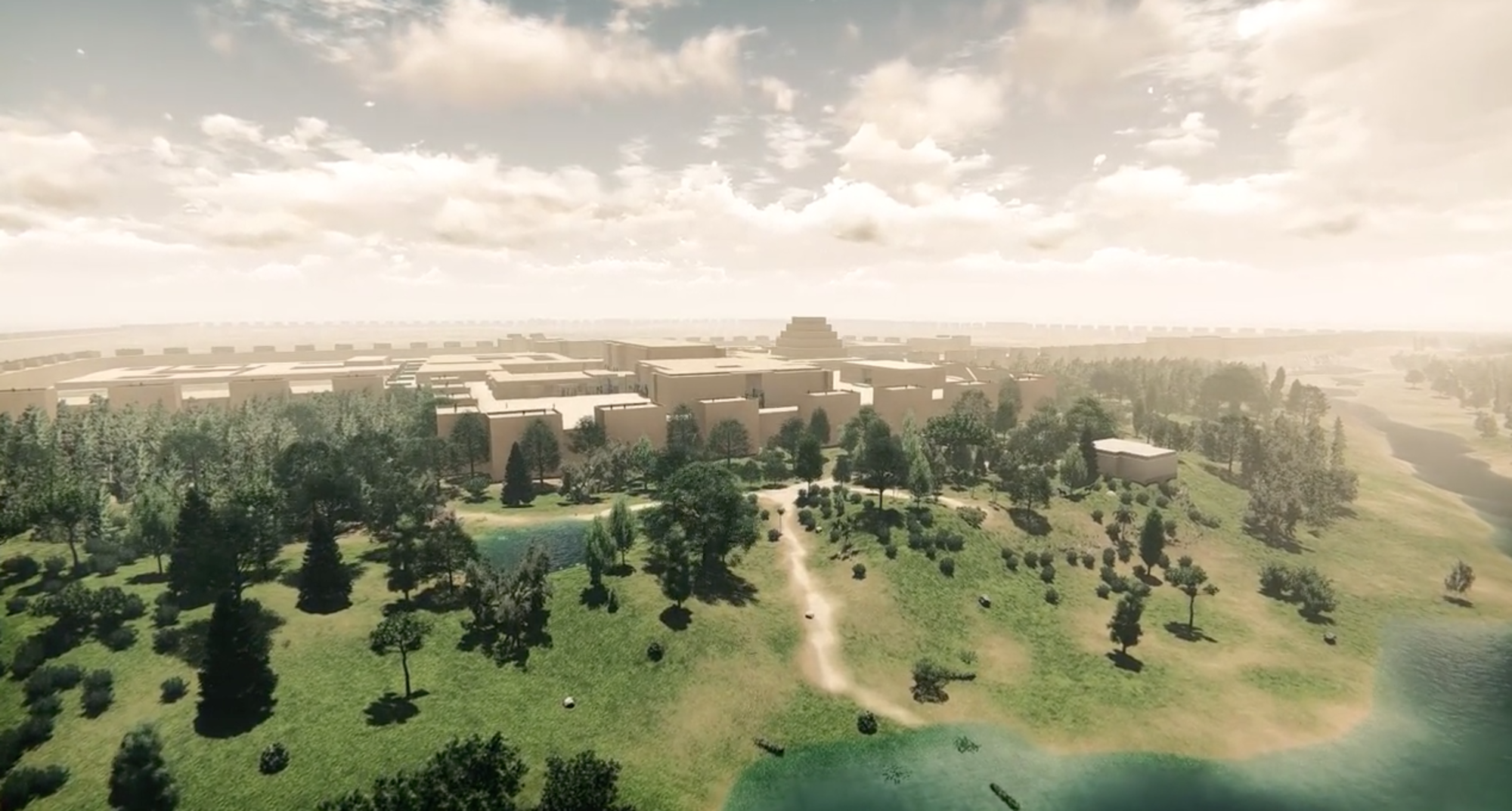
- Home
- Explore the site
- Assyria in the 1st millennium BCE.
- Agriculture and resources
Irrigated agriculture was practiced in Assyria, including in Ashur, where canals were dug to carry water from the rivers to the agricultural land. Because the canals supplied several properties, the king was careful to manage them and oversee their repair.
Agricultural produce
Assyrians mainly practiced subsistence farming. In southern Mesopotamia, in contrast, yields were much higher. Farmers mostly grew cereal crops, particularly barley to make flour and beer. They also harvested fruit and vegetables, and some grew vines. Farmers also reared poultry, pigs, sheep, and goats, as well as oxen for temples and the royal table.
Resources and trade
Rich in agricultural land, Mesopotamia was poor in raw materials such as stone, wood and metal. The Assyrians developed trade networks as early as the 3rd millennium, especially with Anatolia where they established extremely prosperous trading posts from the early 2nd millennium. They traded Anatolian metal for textiles and grain from Mesopotamia. In the 1st millennium, Assyrian kings used warfare to obtain a variety of foodstuffs through looting and tribute from subjugated nations. Most documents produced by merchants - contracts written on perishable materials - have been lost.

